When the author provides clues/hints to the reader to suggest that something will happen later in the plot is____? a) Flashback b) Foreshadowing c) Suspense d) Irony
What is foreshadowing?
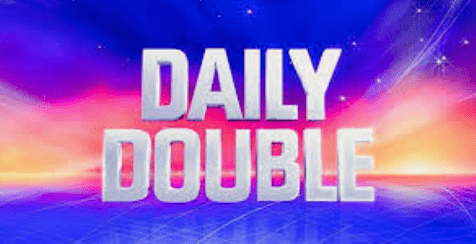
when a character says something but means the opposite is_______? a) verbal irony b) situational irony c) dramatic irony
What is verbal irony?
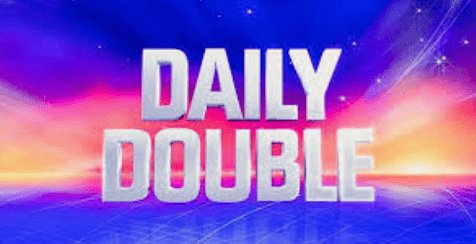
When the author uses the pronouns you, your and yours. a) first person pov b) second person pov c) third person pov
What is (B) second person point of view?
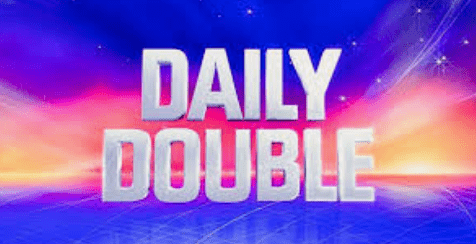
THE FEELINGS AND, OR EMOTIONS A READER GETS WHILE READING A STORY a) TONE b) IMAGERY c) MOOD d) THEME
What is Mood?
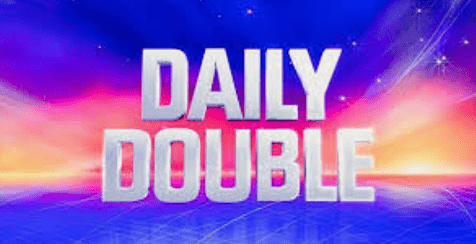
when the reader knows more than the characters know is ____? a) verbal irony b) situational irony c) dramatic irony
What is dramatic irony?
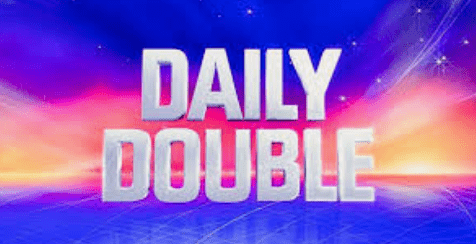
A long-forgotten memory came back to Peter as he drove through his old neighborhood. Mr. Smith's dog was chasing him down the street. He fell, and pain shot through his arm. This is an example of ____? a) flashback b) foreshadowing c) suspense d) irony
What is flashback

when the opposite of what the reader expects to happens occurs is______? Example - A fire station burns down. a) verbal irony b) situational irony c) dramatic irony
What is situational irony?

When the author uses this point of view where the singular form is “I,” and the plural form is “we.” a) first person pov b) second person pov c) third person pov
What is (A) first person point of view?
When the audience knows something that some characters in the narrative do not. a) verbal irony b) situational irony c) dramatic irony
What is dramatic irony?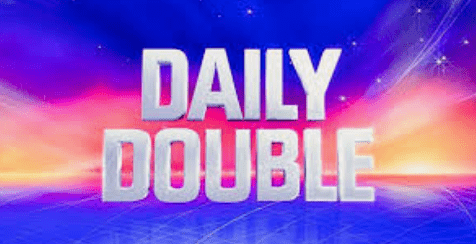
What refers to the author’s attitude toward the work? a) mood b) tone c) foreshadowing d) irony
What is tone?